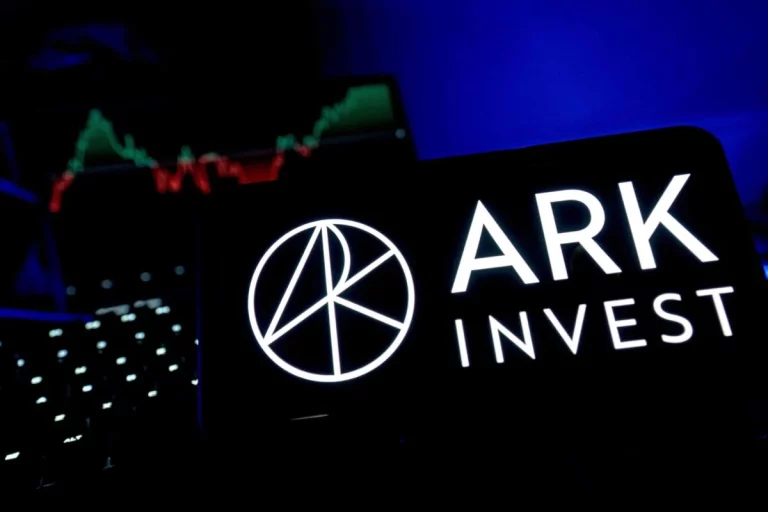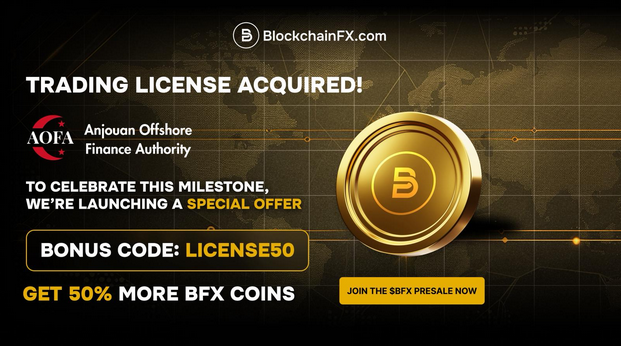
The cryptocurrency market is no stranger to volatility, and Stellar (XLM) has been under the spotlight as its price dropped from $0.52 to $0.26 in 2025. However, investment firm Grayscale continues to show confidence in XLM, holding 116 million tokens despite these market downturns. What makes Grayscale stay bullish on XLM, and what does the future hold for this blockchain asset?
Grayscale’s Strategy Amid XLM Price Drops
Grayscale, a leading crypto investment fund, demonstrated smart investment strategies by accumulating XLM ahead of its major market rally in late 2024. During this period, Stellar’s price saw an unprecedented 600% growth after Grayscale boosted its holdings from 70 million to 119 million XLM. However, as 2025 progressed, the fund slightly reduced its holdings to 116.8 million, signaling a long-term approach without aggressive selling.
Notably, Grayscale Stellar Lumens Trust (GXLM) trades at a 10–15% premium over its Net Asset Value (NAV), showcasing investors’ willingness to pay above asset value. This suggests strong confidence in XLM’s potential in the cross-border payment sector despite weakening price momentum.
Stellar’s Role in the Blockchain Payments Consortium
In November 2025, Stellar joined forces with key blockchain players, including Fireblocks, Solana Foundation, Polygon Labs, and others, to launch the Blockchain Payments Consortium (BPC). This initiative aims to standardize blockchain-based payments and expand cross-chain integrations. Stellar’s involvement reinforces its position as a leader in blockchain payment solutions, potentially driving demand for XLM in 2026.
Additionally, Stellar has experienced explosive growth in the Real-World Assets (RWA) sector. The total RWA value on the Stellar network surged to a record $654 million in November 2025, compared to just $300 million earlier that year. Contributing factors include tokenized funds like the Franklin OnChain U.S. Government Fund and WisdomTree Prime. These developments highlight the network’s growing adoption beyond cryptocurrency trading.
XLM’s Challenges Amid Industry-Wide Trends
Despite these promising developments, XLM faces challenges in overcoming bearish trends dominating the broader altcoin market. Historically, November has proven to be a difficult month for XLM, with extreme market fear suppressing investor sentiment. While the Stellar ecosystem continues to expand, the asset’s market performance does not always align with its technical achievements.
For individuals looking to leverage Stellar’s potential, keeping an eye on blockchain payment developments and new RWA projects associated with the network is crucial. For example, products like Lumenswap, a decentralized exchange for Stellar assets, offer opportunities to engage with the ecosystem and explore its growing utility.
Why XLM Still Holds Long-Term Potential
Stellar’s focus on supporting cross-border payments and its strong partnerships through the Blockchain Payments Consortium set the stage for future growth. Meanwhile, the network’s increasing developer engagement — with a 37% rise in full-time developers in Q3 2025 — points to strong innovation within its ecosystem.
While the current market conditions remain challenging, XLM’s use cases and technological advancements suggest it could play an essential role in shaping the future of blockchain payments. Long-term investors and blockchain enthusiasts may find Stellar an intriguing option to consider for 2026 and beyond.



